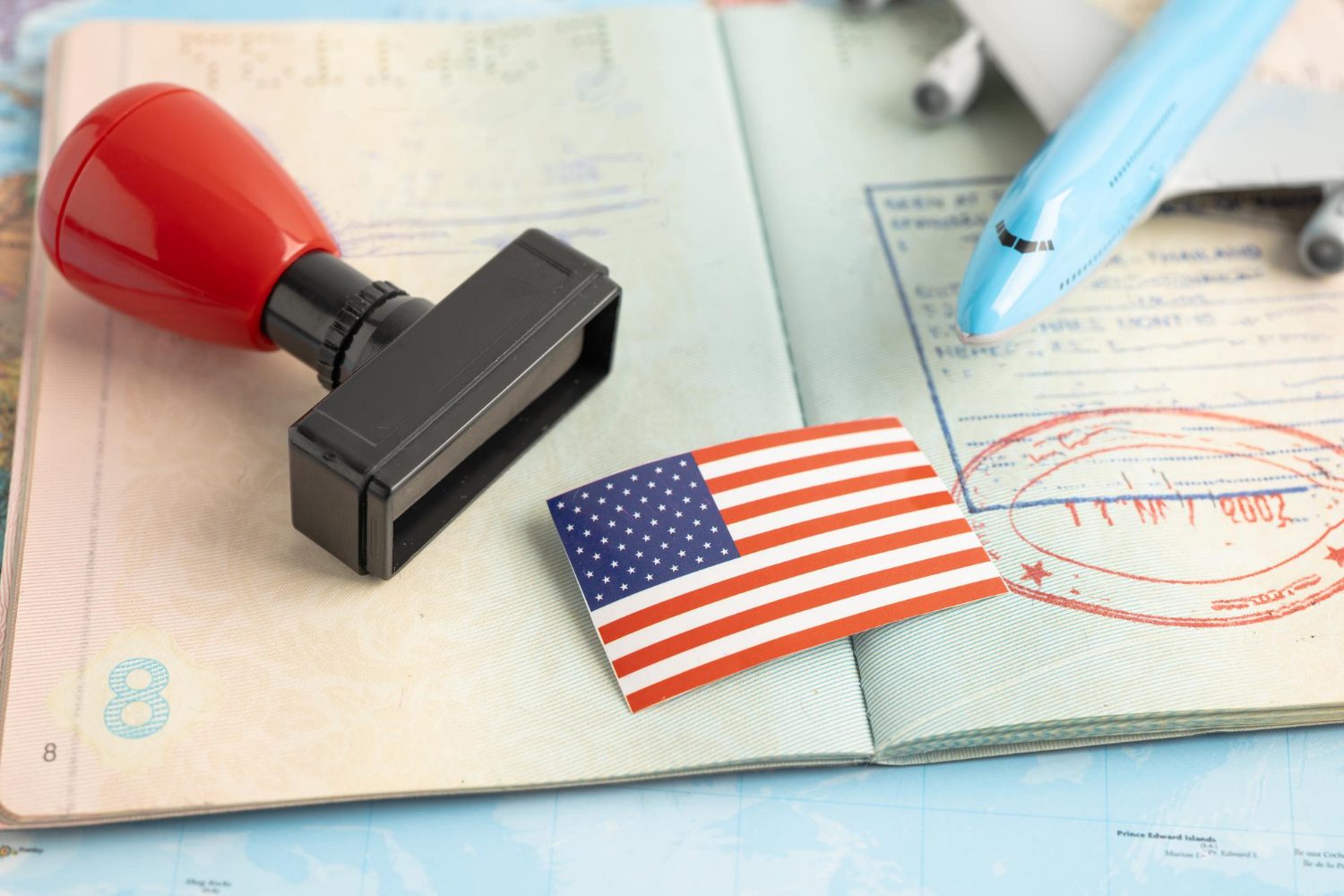Sometimes, financial troubles can unexpectedly hit hard, leaving you in an urgent need to protect your assets from creditors. In these situations, filing for emergency bankruptcy might be the best option. This special process allows you to quickly file for bankruptcy and get immediate protection from creditors.
Emergency bankruptcy is designed for those who cannot wait for the standard bankruptcy filing process. For instance, if you are facing foreclosure, wage garnishment, or repossession of your car, emergency bankruptcy can provide a fast solution. It stops creditors in their tracks and gives you some breathing room to handle your finances.
The process may seem daunting, but knowing the steps and what to expect can make it more manageable. From gathering necessary documents to choosing the right type of bankruptcy, understanding how to file an emergency case is crucial. This guide will help you navigate through the process, ensuring you make the best decisions for your situation.
What is Emergency Bankruptcy?
Emergency bankruptcy is a legal process that allows individuals to quickly file for bankruptcy protection. This is crucial if you need immediate relief from creditors. It provides a fast way to stop actions like foreclosure, wage garnishment, or car repossession.
There are several reasons why someone might need to file for bankruptcy urgently. One common reason is to stop foreclosure on a home. If your lender is about to seize your property, emergency bankruptcy can halt this process and give you time to catch up on payments. Another reason is wage garnishment, where creditors start taking a portion of your paycheck to cover debts. Filing an emergency bankruptcy stops this and other collection activities instantly.
Steps to File an Emergency Bankruptcy in Las Vegas
Filing for emergency bankruptcy is a multi-step process. Here’s a simple guide to help you through it:
1. Collect Initial Documents: Gather information about your debts, income, and assets. You don’t need everything right away, but you’ll need basic details to start.
2. Fill Out the Required Forms: Complete the bankruptcy petition and other required forms. These include form B1 (the Voluntary Petition), Exhibit D (Credit Counseling), and a list of creditors.
3. File the Forms with the Bankruptcy Court: Submit the completed forms to the bankruptcy court. In Las Vegas, this can be done in person or electronically.
4. Pay Filing Fees: There’s a filing fee for submitting your bankruptcy paperwork. If you can’t afford it, you can request a fee waiver or set up a payment plan.
After filing, you’ll need to gather more detailed documents, including:
– A Complete List of All Debts: Detailed information on all your creditors and the amounts you owe.
– Income Proof: Recent pay stubs, tax returns, and any other proof of income.
– Asset Details: Information about your property, such as real estate, vehicles, and other significant assets.
– Expenses: A detailed list of your monthly living expenses, including rent, utilities, and groceries.
Being well-prepared with these documents ensures a smoother bankruptcy process.
Types of Bankruptcy for Urgent Cases
When it comes to emergency bankruptcy, two main types are commonly used: Chapter 7 and Chapter 13. Each has its benefits and is suited for different financial situations.
Chapter 7 Bankruptcy: This type of bankruptcy, also known as liquidation bankruptcy, is designed for individuals with little income who cannot afford to repay most of their debts. Filing for Chapter 7 can quickly eliminate unsecured debts like credit card bills and medical expenses, giving you a fresh financial start. However, you may have to sell some of your assets to pay off creditors, although certain essential items are usually exempt.
Chapter 13 Bankruptcy: Known as reorganization bankruptcy, Chapter 13 allows those with a steady income to create a repayment plan to catch up on overdue payments while keeping their property. This type is ideal for individuals who are behind on mortgage payments or car loans but have the means to make regular payments if given some time. Chapter 13 can stop foreclosure and repossession, giving you a way to manage your debts more effectively.
Deciding which type of bankruptcy to file depends on your financial situation. If you need immediate debt relief and have few assets, Chapter 7 may be the best choice. If you want to keep your property and can commit to a repayment plan, Chapter 13 might suit you better.
Benefits and Risks of Emergency Bankruptcy
Filing an emergency bankruptcy offers several immediate benefits, but it also comes with risks that you should consider.
Immediate Benefits:
1. Automatic Stay: Once you file, an automatic stay goes into effect, stopping most creditors from collecting debts. This halts foreclosure, wage garnishment, and repossessions.
2. Quick Relief: Emergency bankruptcy provides fast financial relief, allowing you to manage urgent issues without delay.
3. Protection of Assets: Filing gives you the legal protection needed to decide which assets can be saved and how to reorganize your finances.
Potential Risks:
1. Credit Score Impact: Filing for bankruptcy negatively affects your credit score, making it harder to obtain loans or credit in the future.
2. Asset Liquidation: In Chapter 7 bankruptcy, non-exempt assets might be sold to repay creditors. It’s essential to understand what property can be protected.
3. Long-Term Commitment: Chapter 13 requires a commitment to a repayment plan that lasts three to five years. Missing payments can result in the dismissal of your case.
While emergency bankruptcy can be a lifesaver, it is not without its drawbacks. Weighing the benefits and risks is crucial to making the best decision for your financial future.
Conclusion
Emergency bankruptcy can be a significant tool for those in urgent financial distress. It provides immediate relief from creditor actions like foreclosure, wage garnishment, and repossession, allowing you to safeguard your assets and stabilize your situation. Knowing the types of bankruptcy available, such as Chapter 7 or Chapter 13, helps you choose the best path based on your needs. While there are clear benefits like immediate protection and quick relief, it’s important to be aware of the potential risks, including impacts on your credit score and asset liquidation.
For those facing overwhelming financial challenges in Las Vegas, understanding how to navigate emergency bankruptcy is essential. Half Price Lawyers is here to help guide you through this tough time. Our experienced team can assist you with every step of the process, ensuring you make informed decisions. Contact our law office in Las Vegas today for a consultation and take the first step toward regaining control of your financial future.





